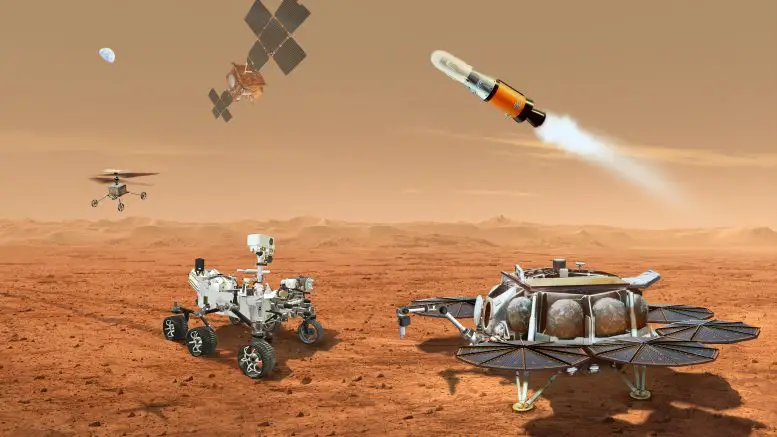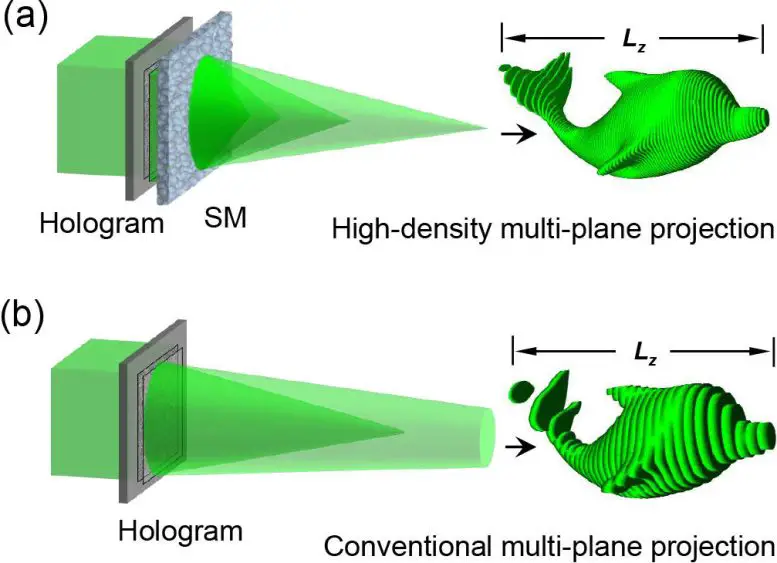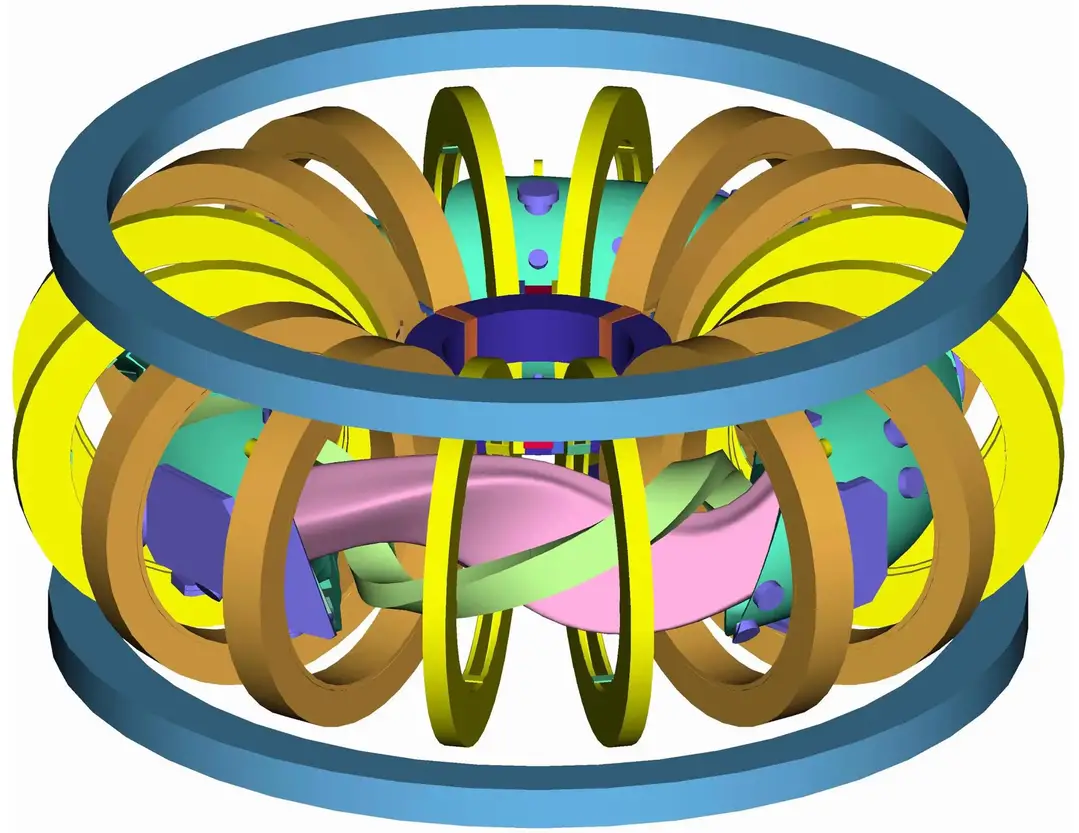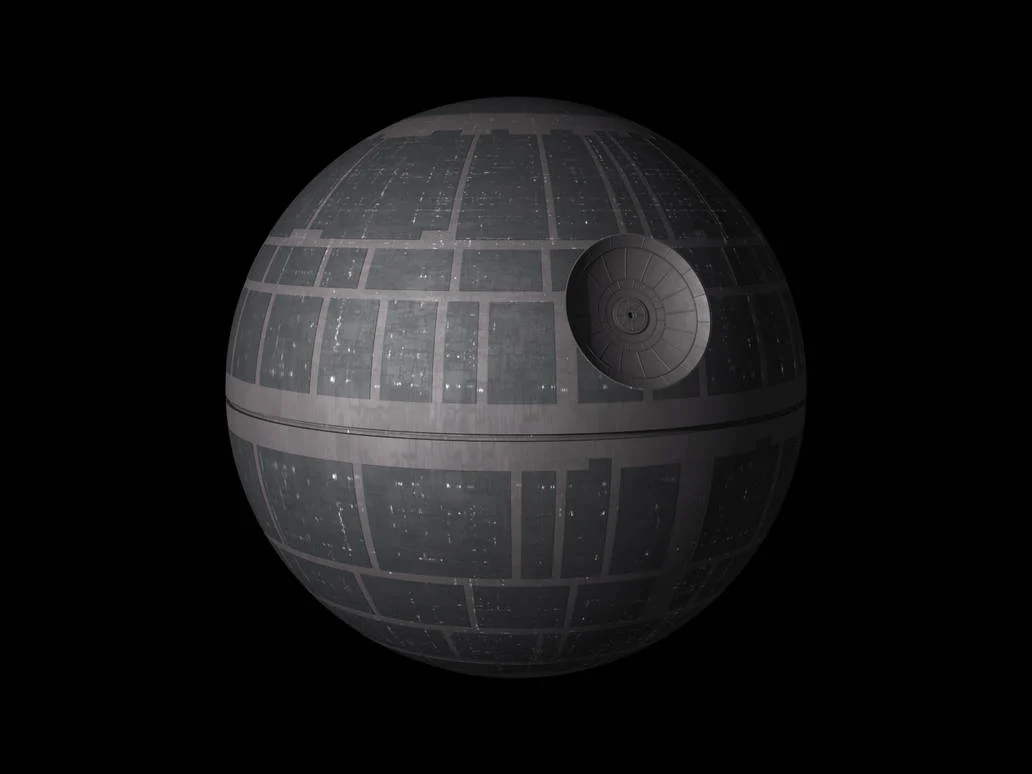Quantum radar is a tool that bases are in superpositioned and entangled electrons. The electrons might be in a horizontal or vertical position to aircraft or some other objects. If the electrons are vertical that makes them send extremely shortwave radiation.
And the reflection of those things hacks the stealth aircraft. In that model, the radar sends radiation that wavelength is so short that it reflects from the surface. The wavelength of those radars is less than the atom size.
If those entangled and superpositioned electrons travel horizontally that thing makes a situation where information travels between those electrons. When the aircraft travels through those electron pairs. That cuts the information flow between those electrons.
And that thing makes it possible, that the system can uncover any stealth aircraft in the world but there are problems. The Quantum entanglement doesn't stand for a very long time. But the time is long enough to detect aircraft.
One version of the quantum radar is a modified scanning tunneling microscope. The system can trap the particle pair under the detector pike. Then the system can make the quantum entanglement between those particles.
If neutrinos can put in superposition and entanglement. That makes it possible to create the most powerful research and intelligence system that the world will see.
In the case that superpositioned neutrinos are vertically against to targeted system. If the energy level of the neutrino, that is in the targeted system rises higher. And that thing makes it possible for those superpositioned and entangled neutrinos.
That they can start information transportation from the targeted system. The system is a scanning tunneling microscope that uses an extended range. By using quantum entanglement.
That kind of quantum radar can be like scanners or quantum yoyos that can detect material data from the targeted object. But the quantum yoyo also can read information that travels in the microprocessor. This is one version of why neutrinos are turning interesting. The neutrino can make the quantum entanglement with another neutrino that sends through Earth.
Then the system can scan information from the targeted system. And the only requirement is that in the point where the targeted system must make a higher energy level than sending system. The system can make that thing by using the high power X- or Gamma-ray impulses that send to that point. The best thing would be the energy beam.
That was created by using trapped neutrinos. If there is a possibility to stress those neutrinos by using some kind of radiation. They would create an artificial neutrino beam that is similar to neutron radiation. But that hypothetical system might have a problem.
Neutrino is hard to put react to radiation. And it's very hard to capture. But if researchers will someday make that system. It will revolutionize neurology and intelligence. These kinds of antennas can transport information from nervous systems and the most secure systems in the world.





































